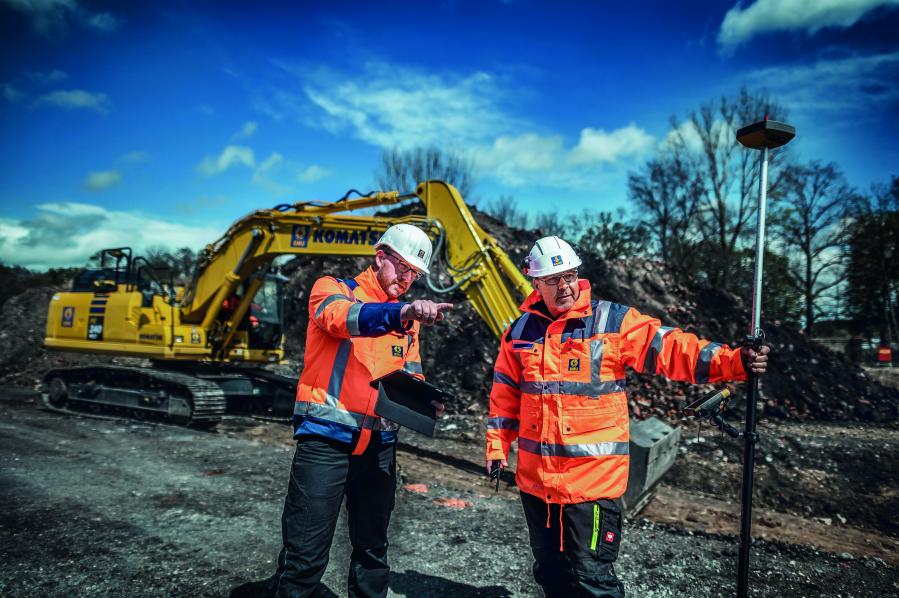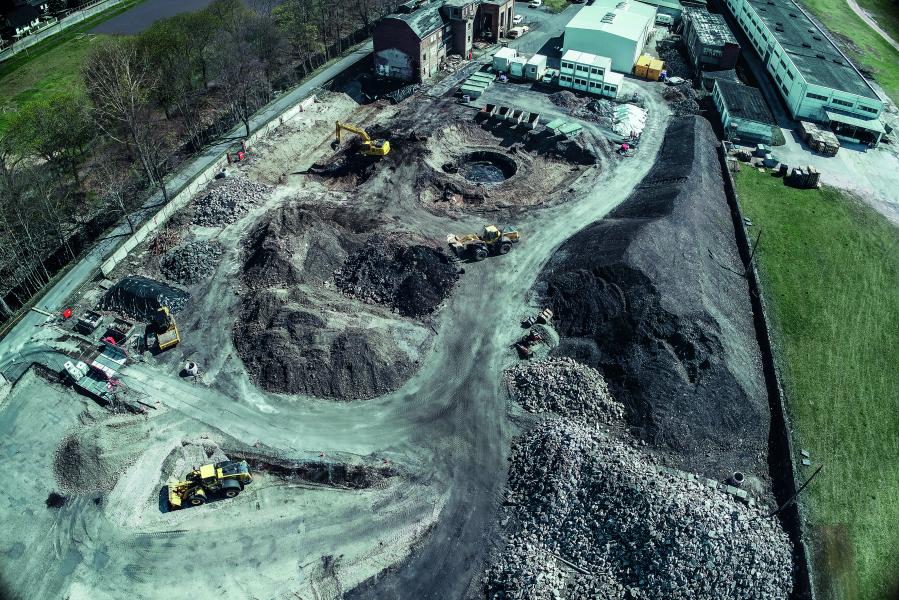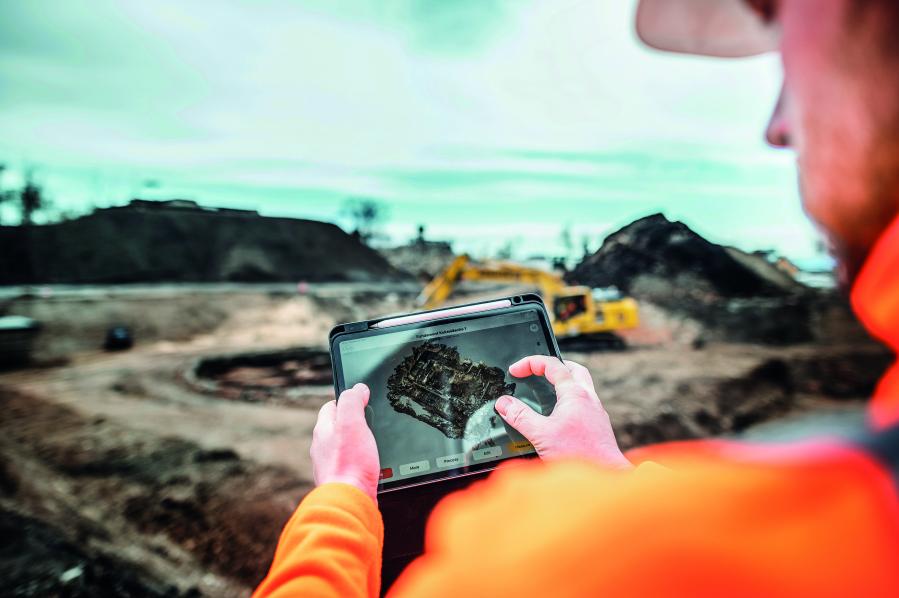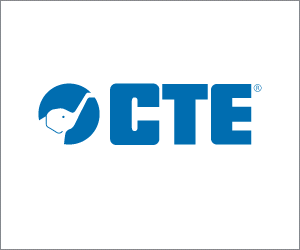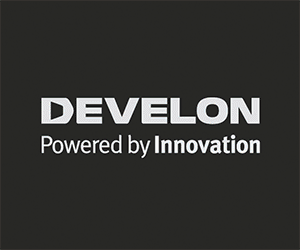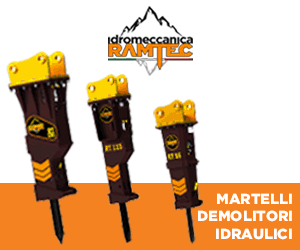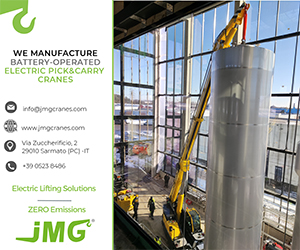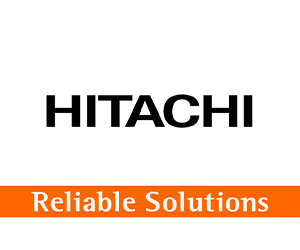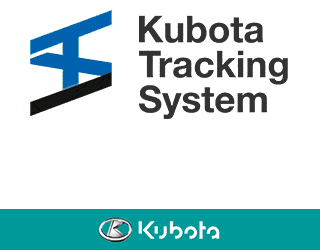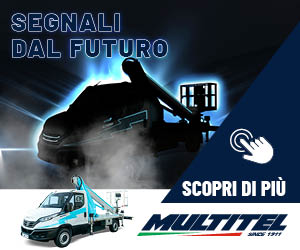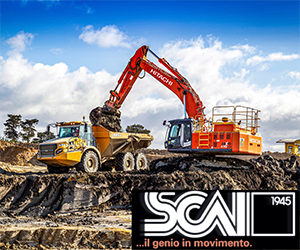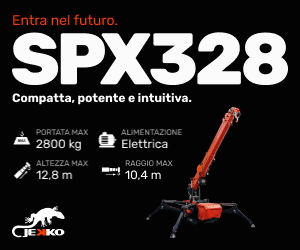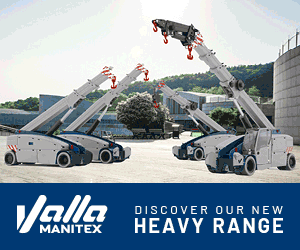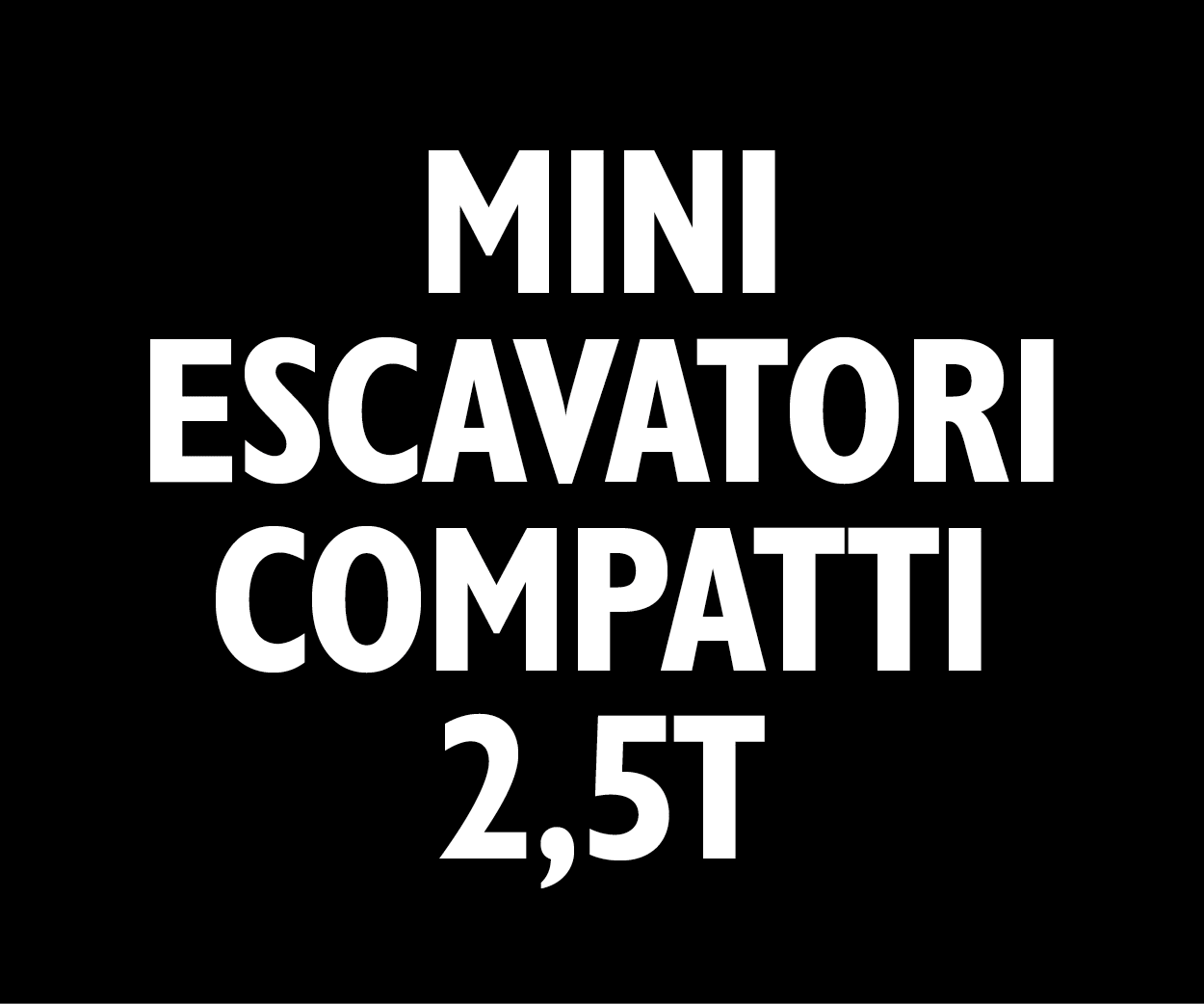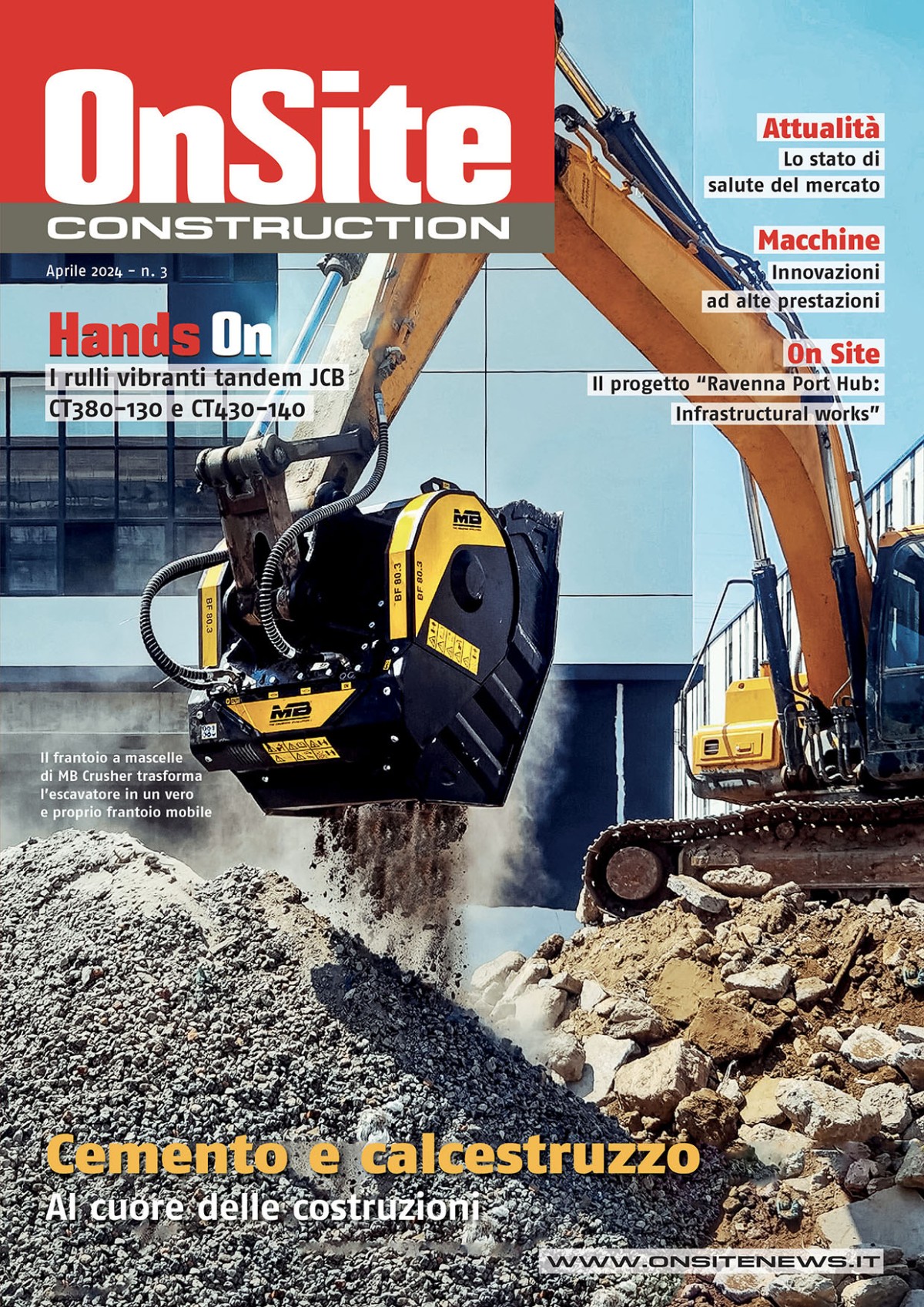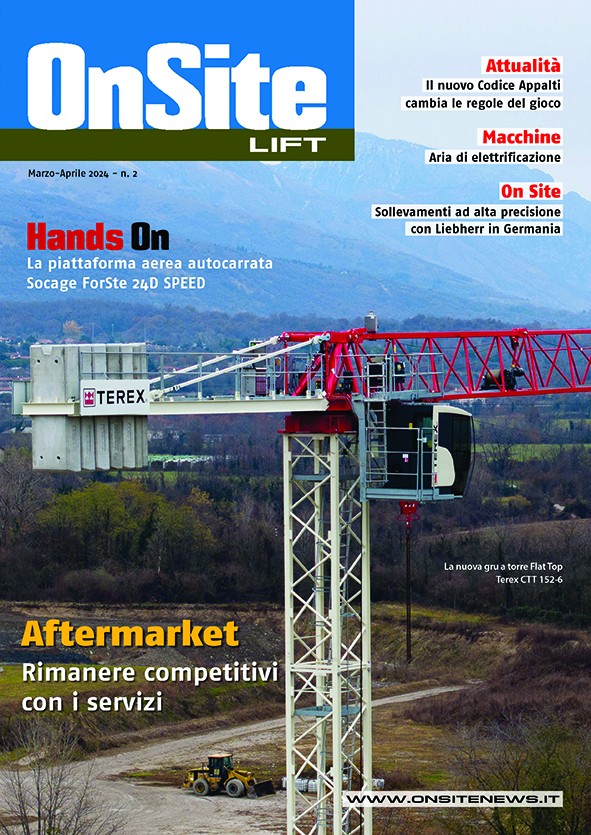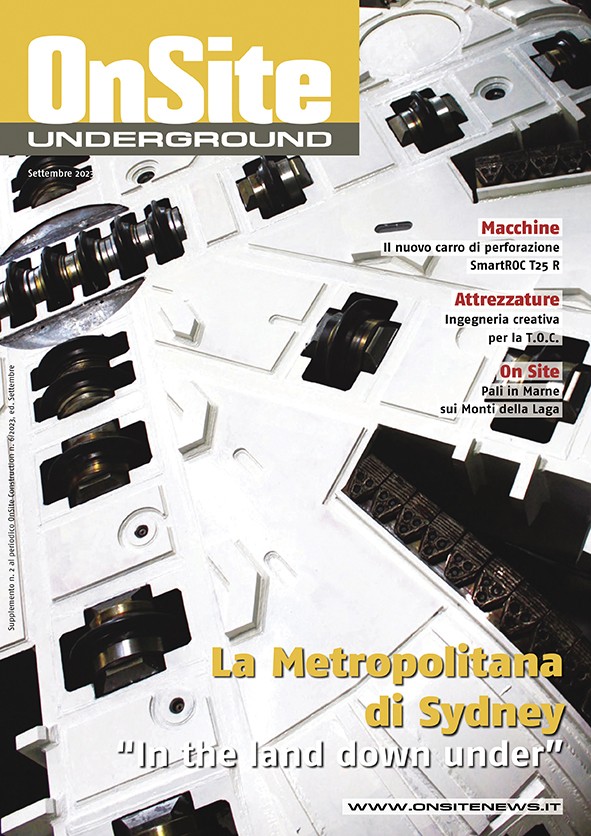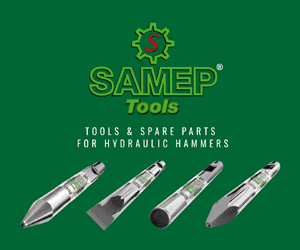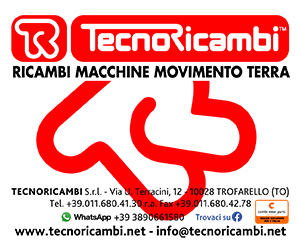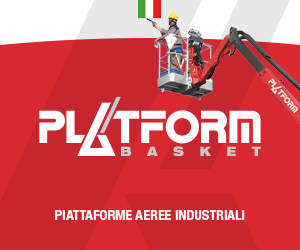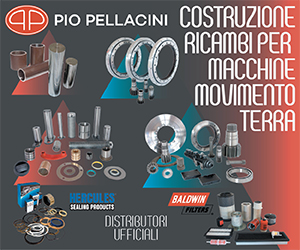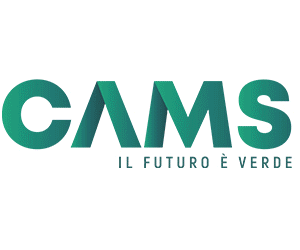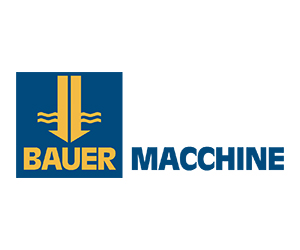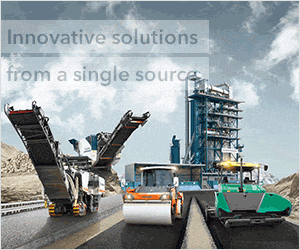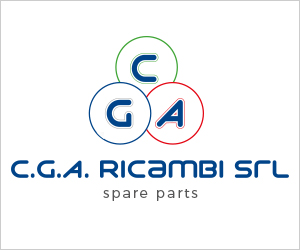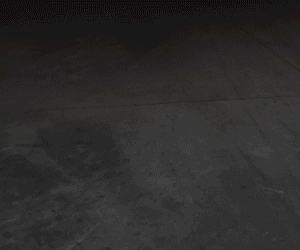Home \ International \ Little helpers, big results!
Little helpers, big results!
20/07/2021
Pubblicato da Redazione
Digitalization facilitates soil remediation on gas works site.
The images that Friedrich Leifheit generates on his tablet using many gigabytes of data almost seem like surreal works of art.
In fact, it’s not actually art, but rather a digital site model. You can distinguish the grounds of the former gas works in Arnstadt, which now contain nothing but piles of debris and the ruins of buildings. All other traces of an industrial history spanning more than 70 years have already disappeared, except for environmentally hazardous materials, such as tar, heavy metals, phenols or hydrogen sulfide compounds, still lurking deep underground. The task of the Bauer Umwelt division of Bauer Resources GmbH, in collaboration with Bauer Spezialtiefbau GmbH, is soil remediation including the construction of an excavation pit and groundwater treatment.
In January 2021, the work of digital surveying the 12,000 m2 site using a drone and a rover rod began. During its surveying flight, the drone took hundreds of high-resolution images in which objects can be distinguished down to mere millimeters. The rover rod also enabled precise centimeter-accurate surveying to rapidly determine the cubic volume of debris, the excavation pit volumes and changes to the site. Using the images collected, 3D data were generated after the digital collection phase and then transferred to a digital site model. The result is true-to-scale, photorealistic representations of the entire site including all details. “The more precise and detailed data we have about a site’s condition, the more precisely the quantities can be calculated, and therefore also the expenditure required for a construction project. These little digital helpers make it possible and also save us a lot of time,” emphasizes Holger Kaiser, Manager for BIM and Digitalization at Bauer Resources GmbH.
The surveying work was followed by gradual excavation of the three excavation pits up to a depth of 3.5 m. In the process, a total of 9,100 m3 of material was removed and disposed of, including approximately 16,000 tons of polluted soil and construction debris as well as roughly 500 tons of soft tar. The encountered foundations were recorded in 3D on a tablet using surveying software, then forwarded to the BIM department at Bauer Resources to calculate volumes. After construction of the largest of the three excavation pits (approximately 4,200 m³ removed), replacement boring was carried out with a diameter of 1,800 mm up to depths of 7 m below the ground surface to remove the tar hotspot. For processing, the excavated soil was transported to the soil treatment center of the Bauer Umwelt division in Bleicherode 150 km away. The polluted dripping water from the drilling process was treated using the established groundwater treatment system. Work will be concluded with construction of the last excavation pit followed by earthworks.
To sum it up, this is for the most part a classical rehabilitation project but is still characterized by an ambitious use of digital tools. Along with drones, rover rods and tablets, the Bauer team also relied on digital tools for site documentation. Rather than using pen, paper and cameras, the team led by Friedrich Leifheit, Site Manager at the Bauer Umwelt division, recorded all relevant data, including tasks completed, personnel and equipment employed, site images and quality-related information, using a digital construction diary – a convenient web application – on the tablet. The decisive advantage: With this approach, all construction diaries for a site are automatically collected and compiled. The laborious and time-consuming task of preparing a report at the office is eliminated. “In this way, we can identify construction progress at a glance, review the work that has been performed and adopt countermeasures or adjust the schedule in case of deviations,” explains Friedrich Leifheit, adding: “In addition, the information is available for all parties involved, around the clock and from any location. This greatly facilitates and improves communication on the site.” The work executed by Bauer is expected to be completed by September 2021.
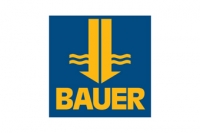
Ultime notizie di Bauer Macchine Italia
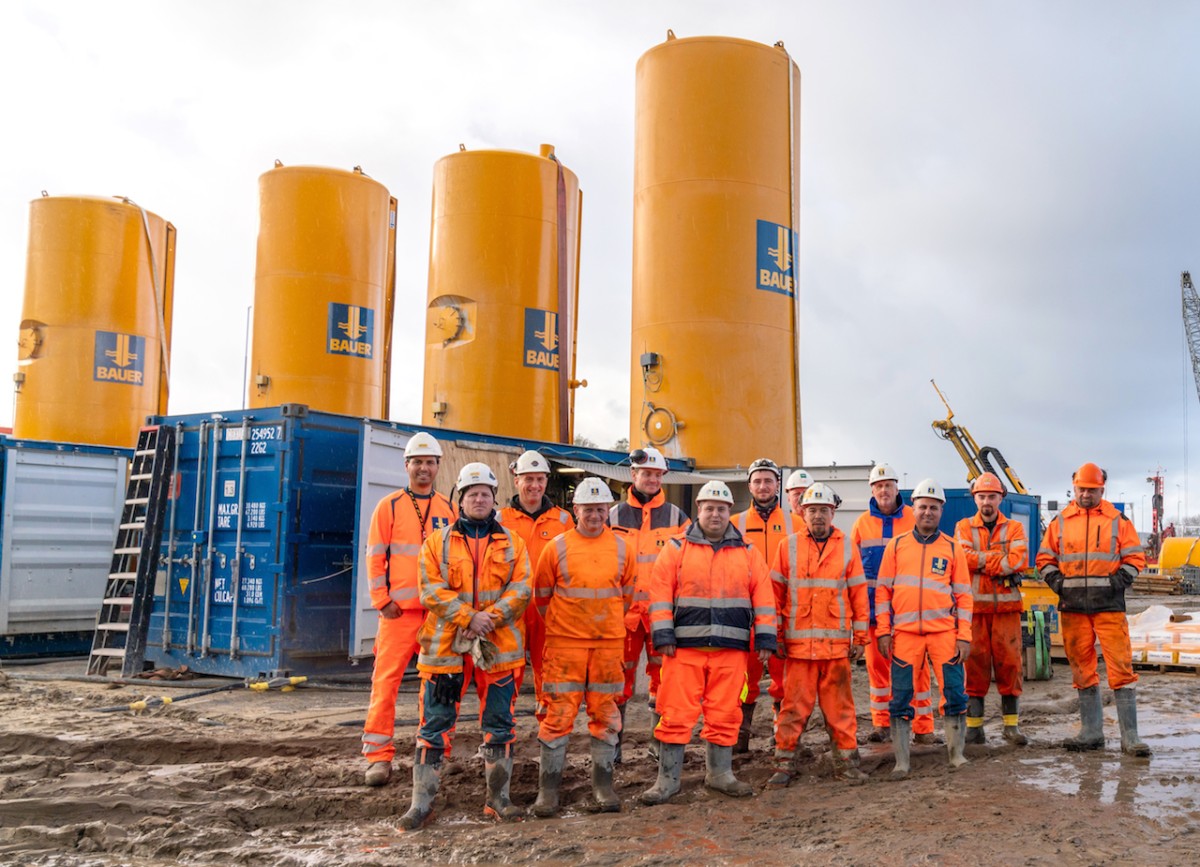
Perforation
05/12/2023
Bauer relies on full e-power during Dutch infrastructure project
Innovative electric drill rig from Klemm in operation for th...
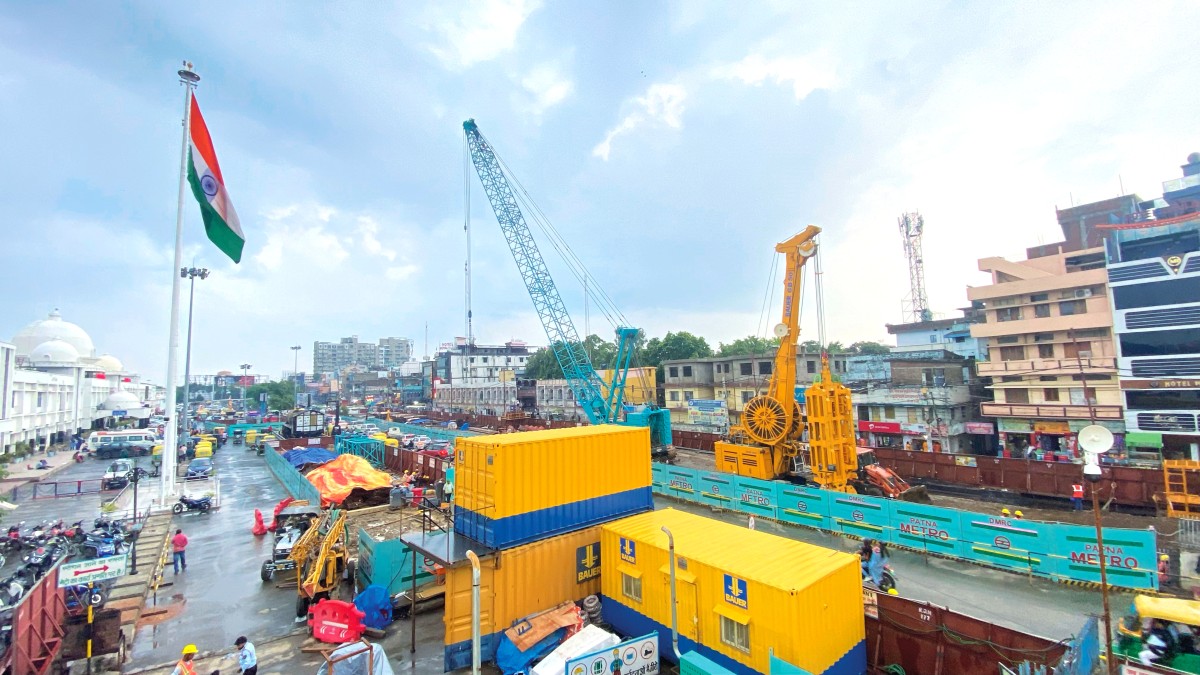
Perforation
04/11/2023
Bauer India constructs the deepest diaphragm wall element
Bauer India constructs the deepest diaphragm wall element du...
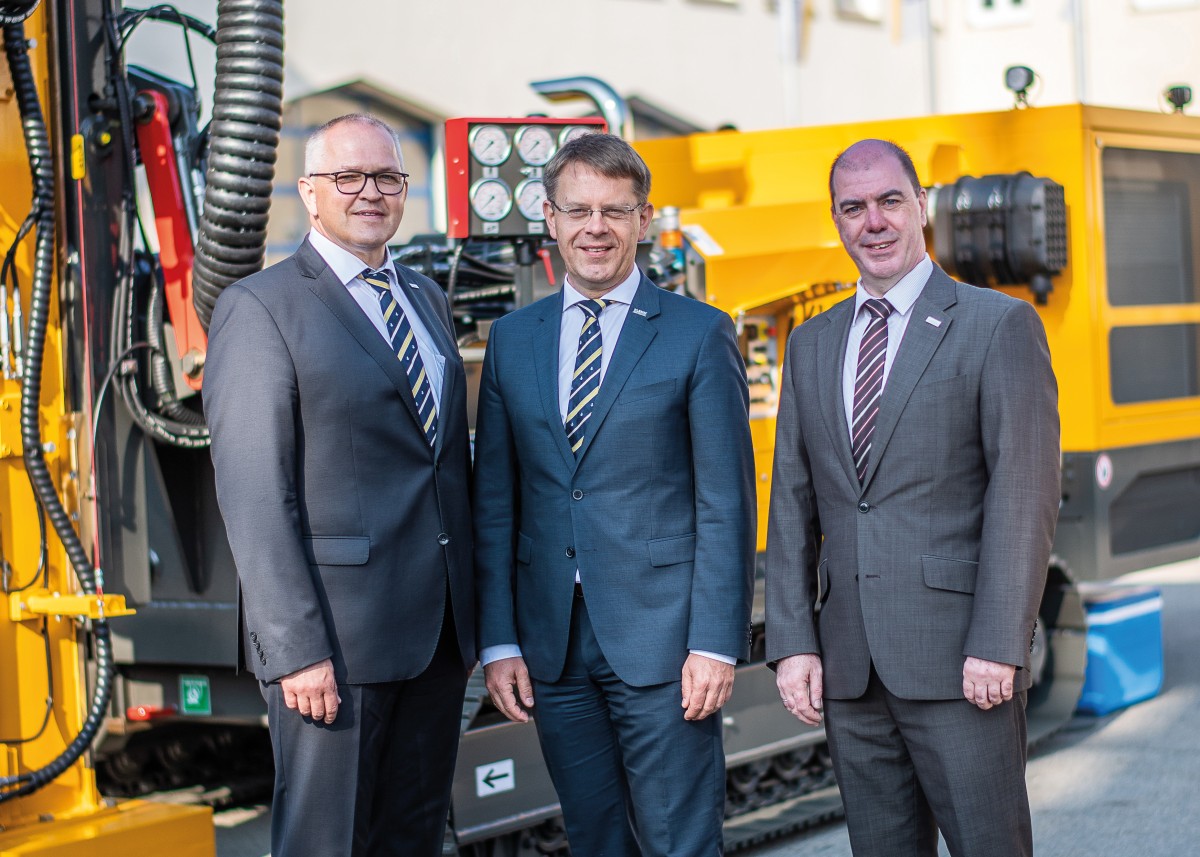
Perforation
27/10/2023
Klemm Bohrtechnik GmbH celebrates double anniversary
This year, Klemm Bohrtechnik GmbH is celebrating two anniver...
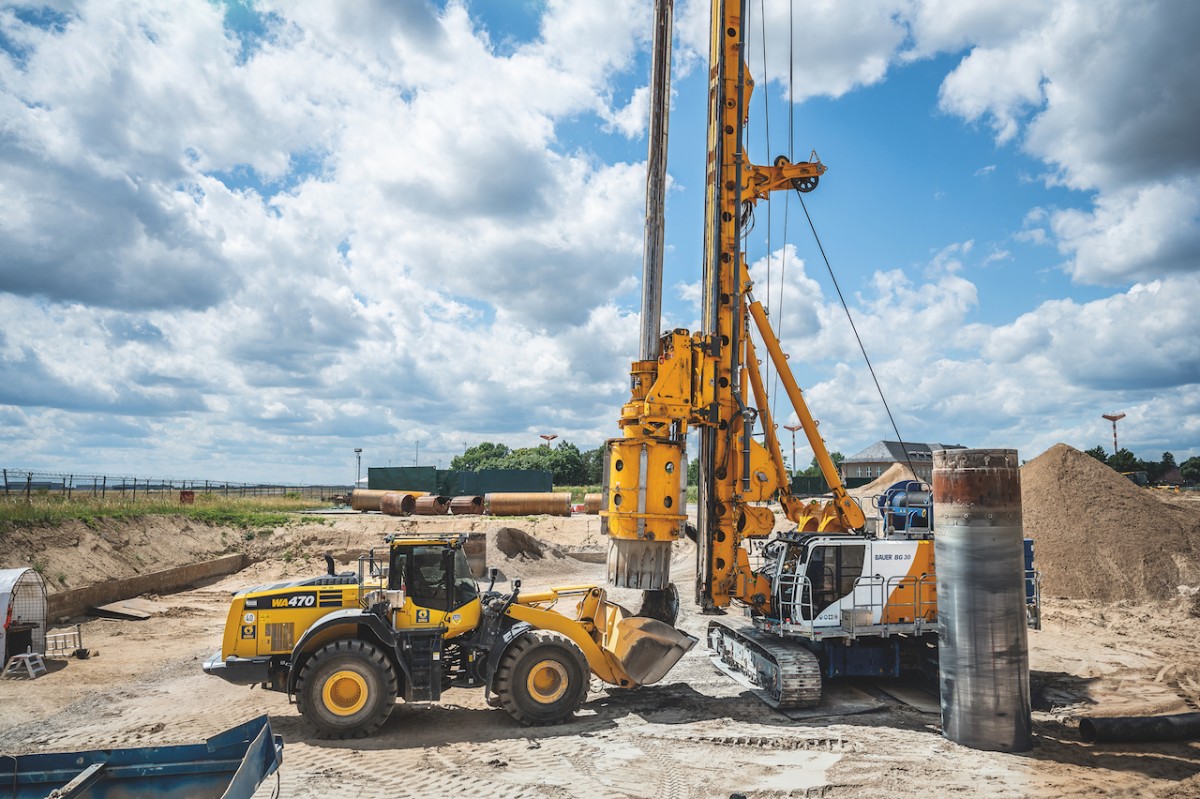
Perforation
26/09/2023
Brownfield Remediation from A to Z on Berlin Airport Grounds
Alongside the operations building, they also needed to disma...
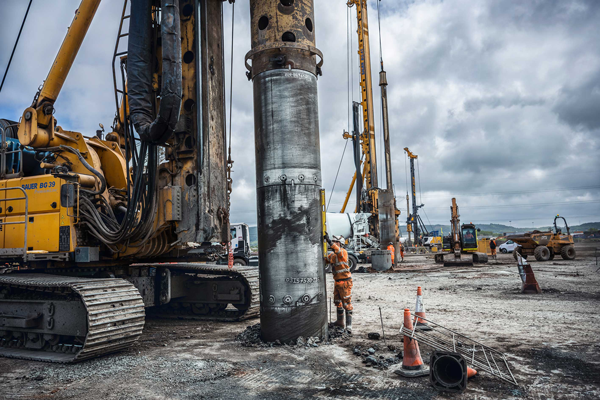
Perforation
30/08/2023
Bauer Spezialtiefbau executes foundation works for the world’s largest monopile manufacturing facility for offshore wind
SeAH Wind Ltd. commissioned the Joint Venture between Bauer...
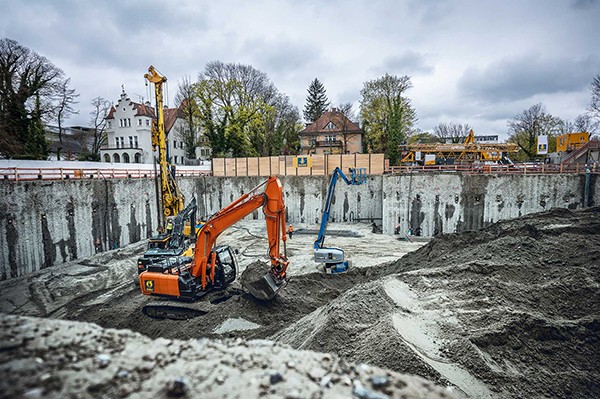
Perforation
26/07/2023
Bauer Resources constructs excavation pit with geothermally activated elements
Bauer Resources constructs excavation pit with geothermally...
Altri International
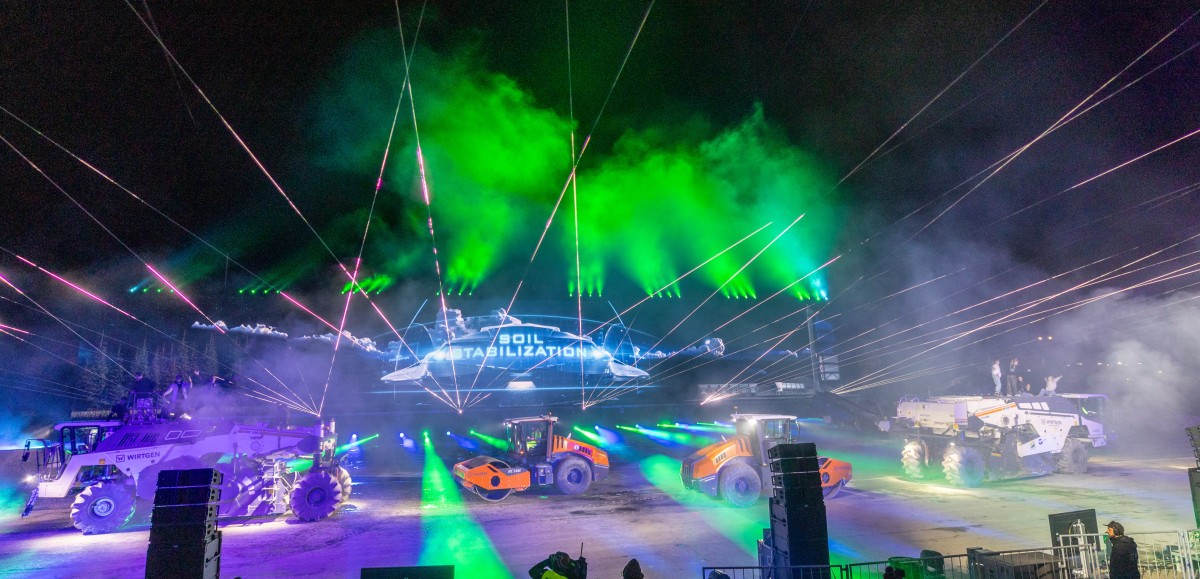
International
26/04/2024
Digitalisation and sustainability at the Wirtgen Group's "Technology Days"
Digitalisation and sustainability were the focal points of t...
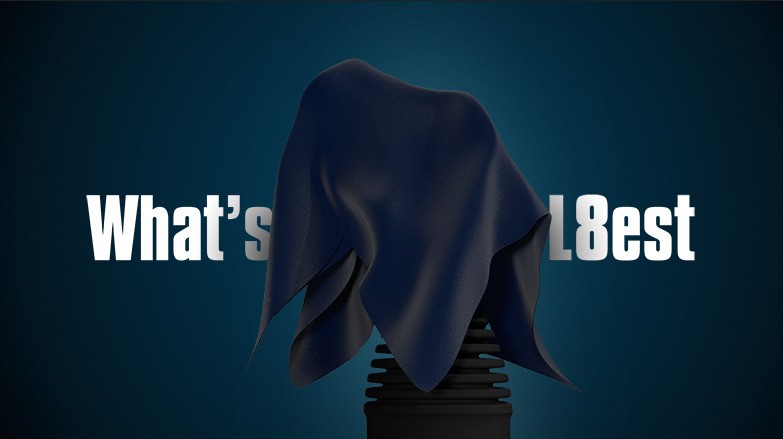
International
26/04/2024
SVAB launches the successor to the popoular joystick Grip L8
At this year’s edition of Intermat in Paris on April 24-27,...
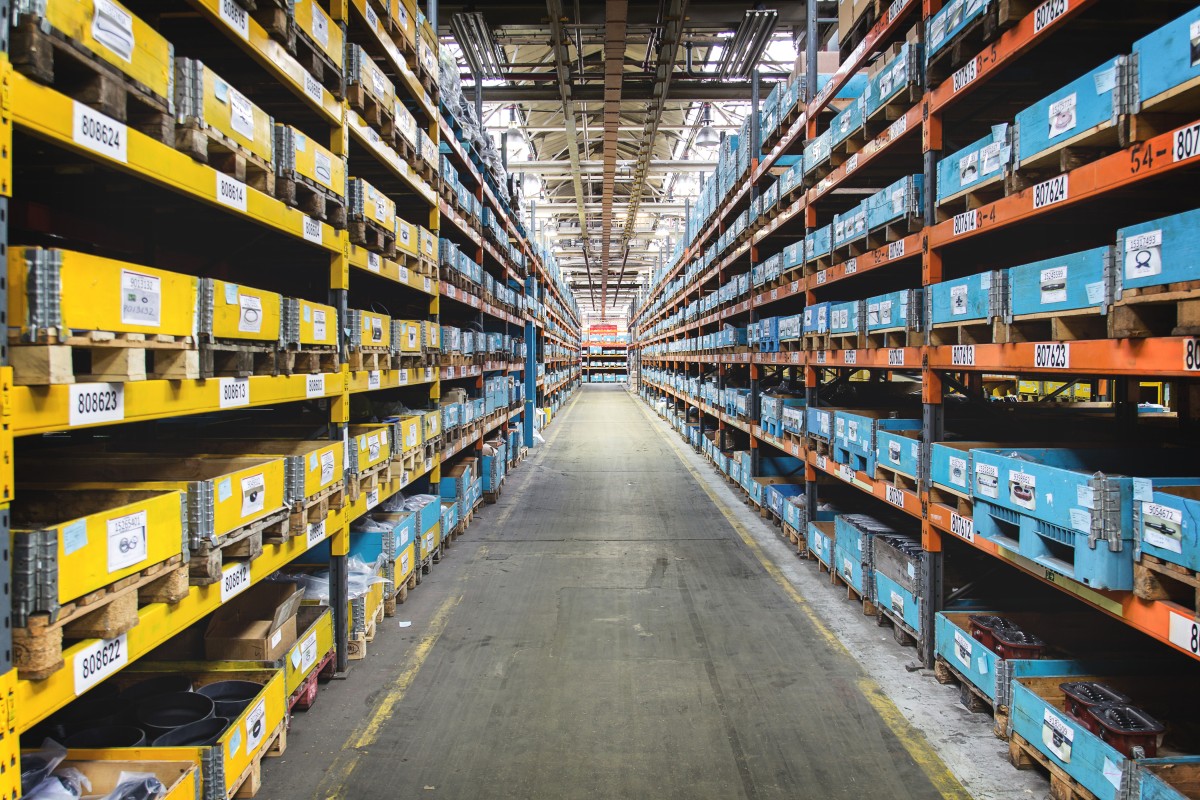
International
25/04/2024
Genuine parts ensure articulated hauler quality and uptime
The importance of good quality, reliable parts when maintain...
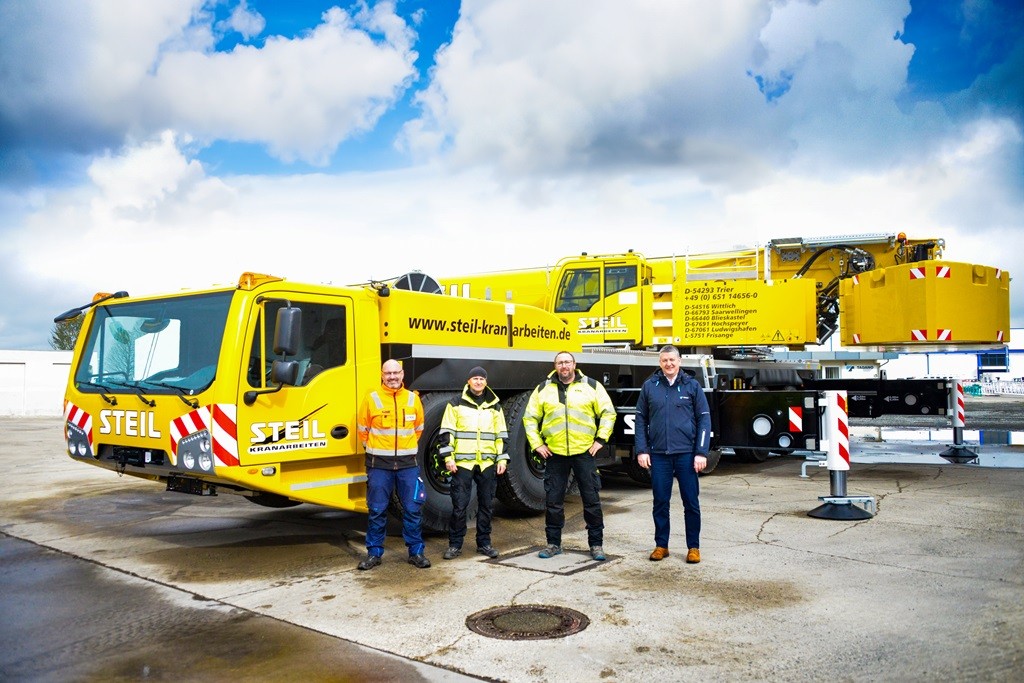
International
25/04/2024
Steil takes delivery of new Tadano AC 6.300-1 all terrain crane
Steil takes delivery of new Tadano AC 6.300-1 all terrain cr...
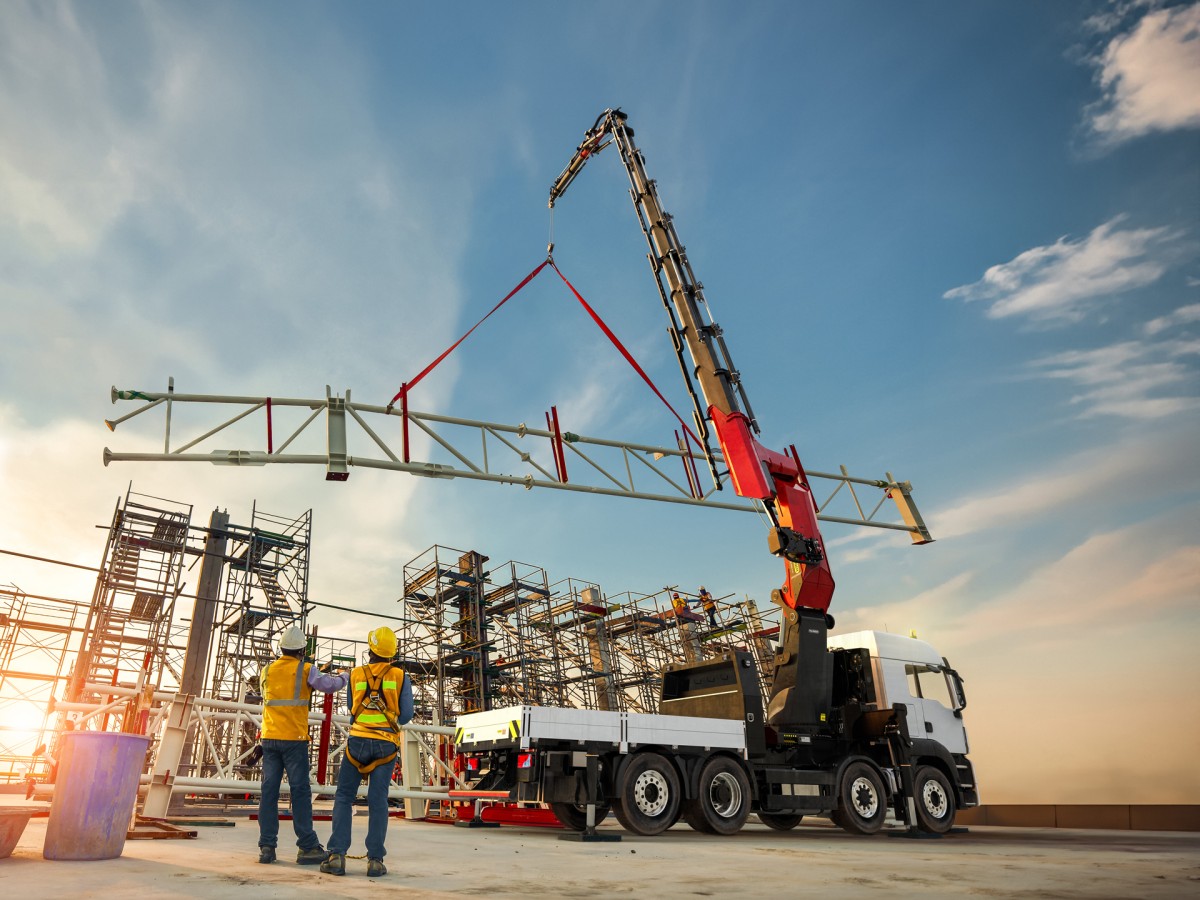
International
24/04/2024
New Palfinger's TEC Heavy-Duty Cranes Set Standards in Power & Precision
The new Palfinger PK 1350 TEC and PK 1650 TEC heavy-duty cra...
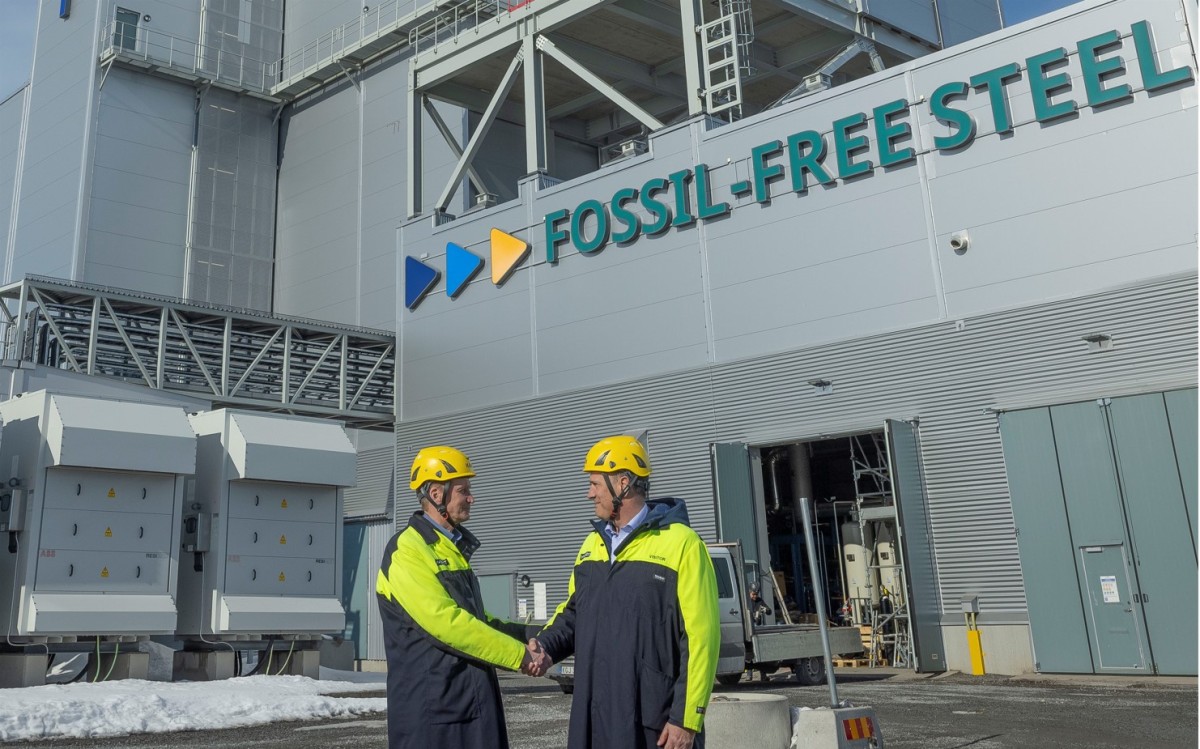
International
24/04/2024
SSAB and Manitou Group agree on fossil-free steel
Manitou Group announces the signature of a letter of intent...












